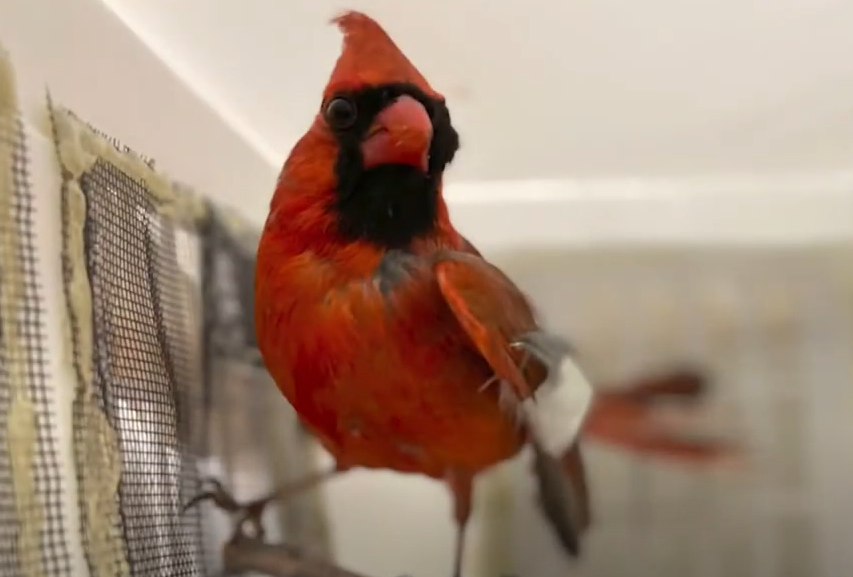Cats face many dangers when roaming unsupervised outdoors. Wild animals are also at risk of being attacked by a cat.
Learn about the issue and simple ways we can protect them all.
Every year, TWC’s Wildlife Hotline staff handle hundreds of calls from members of the public who have found a wild animal that has been attacked by a cat. Most of these victims will not survive, even with medical treatment at TWC, due to the severity of their injuries. Cats carry bacteria in their mouth and even a small puncture can cause serious infections for their prey – such as birds, baby rabbits, chipmunks, garter snakes, among many other species. Other types of injuries include deep lacerations, punctured air sacs on birds, pierced organs, and head trauma, just to name a few.
For a wild animal, an attack from a cat is a medical emergency.
Sadly, these types of attacks are not uncommon. In Canada, it is estimated that cats kill between 100-350 million birds every year making them one of the leading direct anthropogenic causes of bird mortality. This is a serious issue since recent research has concluded that bird populations have decreased by almost 3 billion in North America since 1970, putting some species at serious risk of extinction. And that’s just birds – millions of small mammals, reptiles and insects are also killed.
Are cats to blame? No.
Cats are amazing hunters and a strong prey drive is a fundamental component of their natural behaviours. To expect that they will not hunt when outdoors is as unrealistic as supposing they will not eat when they’re hungry, or sleep when they’re tired. As pet owners/companions, it’s up to us humans to ensure that pet cats don’t roam freely, and are instead provided with safe comparable types of stimulation to satisfy their prey instincts.
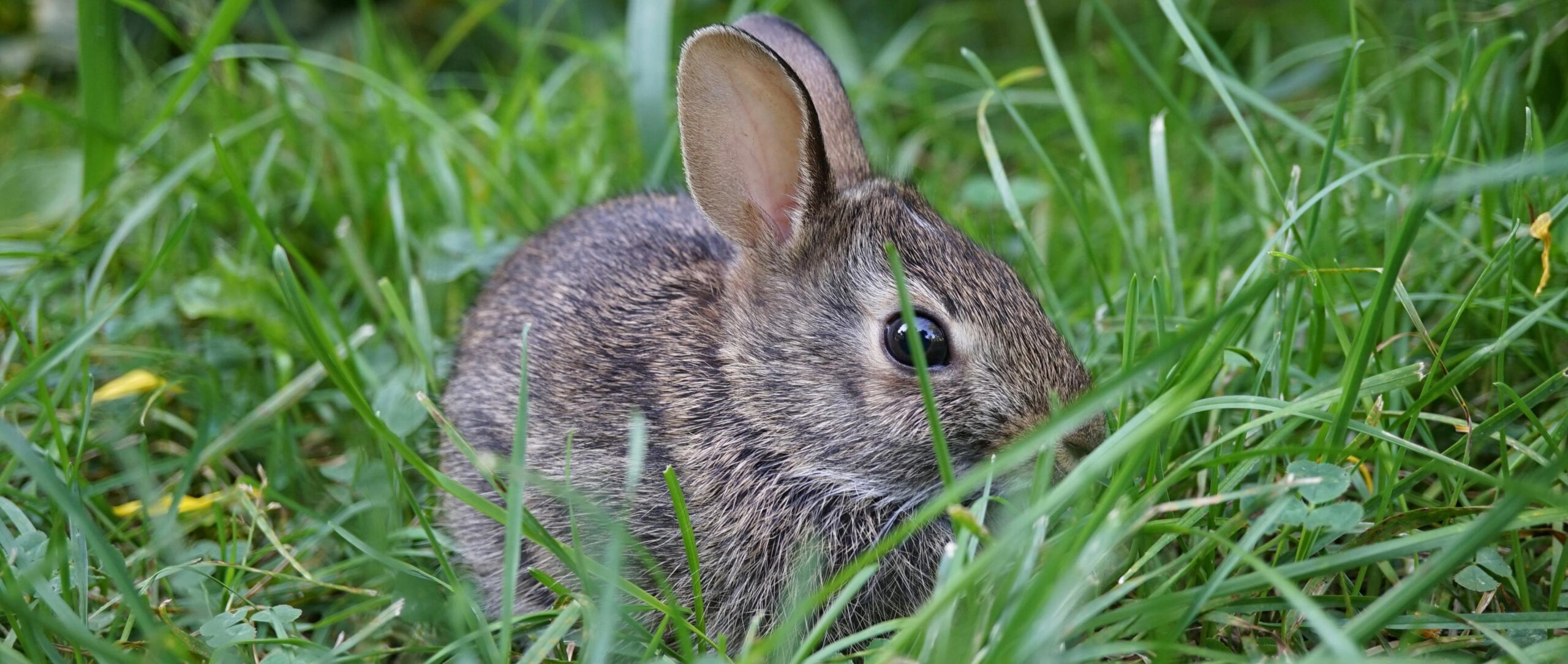
If you find an animal who has been injured by a cat, please fill out:
TWC’s Request for Assistance Form
Threats to Free-Roaming Pet Cats
Cats are beloved companions that many of us treat as a member of the family. And just like people, they have unique needs that must be met! Enrichment and frequent play, for exercise and to satisfy their desire to hunt, are just as important as providing food, water and other necessities of life.
To meet this need, cats have historically been allowed to roam freely outdoors. However, research is now showing the toll that unsupervised outdoor time is taking on our precious feline friends, as well as our wild neighbours.
When cats cross the threshold of their safe home to the outdoors, they face many hazards including attacks by other animals, crossing busy roads, human cruelty, kidnapping, ingesting contaminants, or contracting parasites and diseases. Too often, a pet cat just never comes home again, leaving the family desperate to find out what happened to them.
Free-roaming cats that are not spayed or neutered also contribute to cat overpopulation. Cats that have become separated from their families also add financial costs to both municipal and non-profit animal agencies that must house and care for them until they can be reunited, or adopted out to a new family. In 2022, over 1000 stray cats were admitted to municipal animal services in Toronto alone. This number does not include strays taken in by non-governmental cat organizations.
Keeping cats at home is the best way to ensure their safety. For pet cats that need some outdoor time, consider alternatives to free-roaming as outlined below.
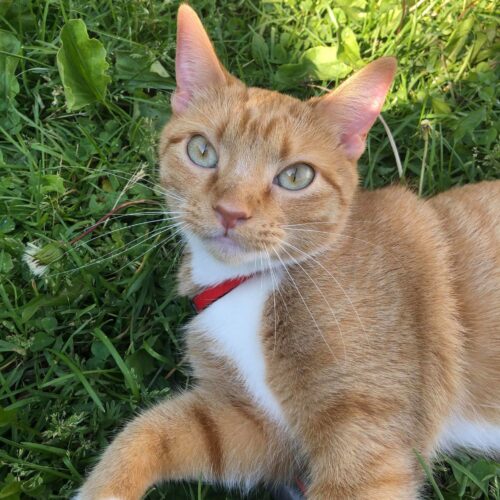
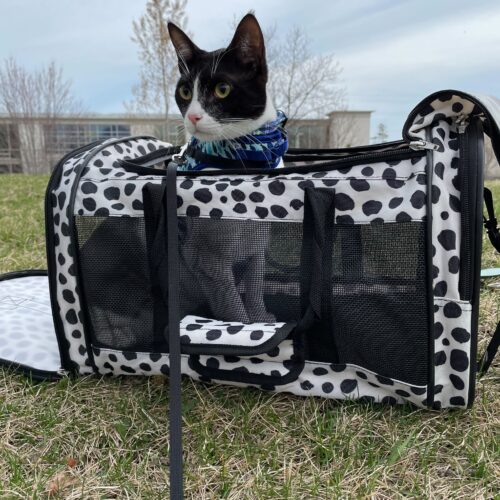
Accommodating Cats Who Enjoy Outdoor Time
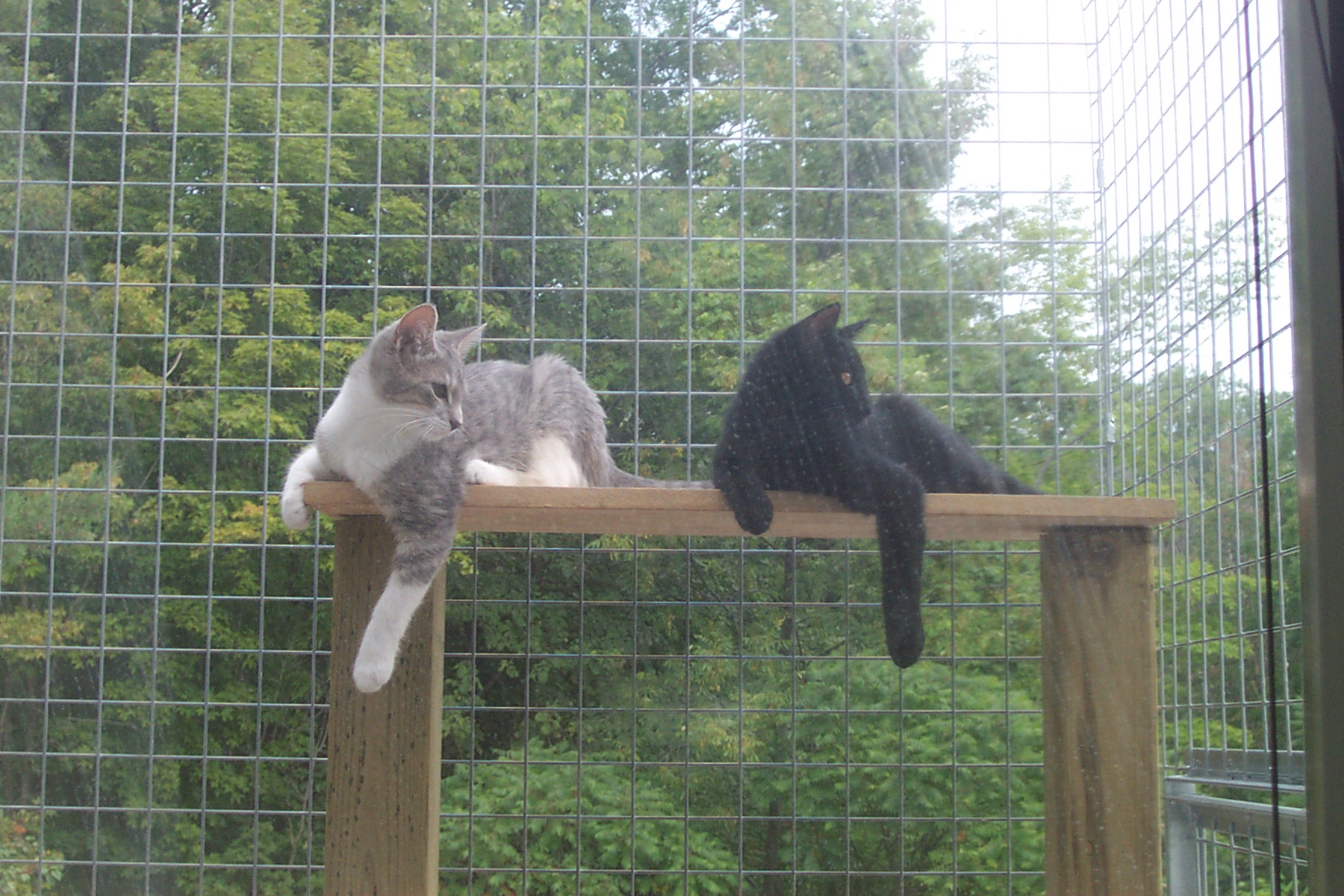
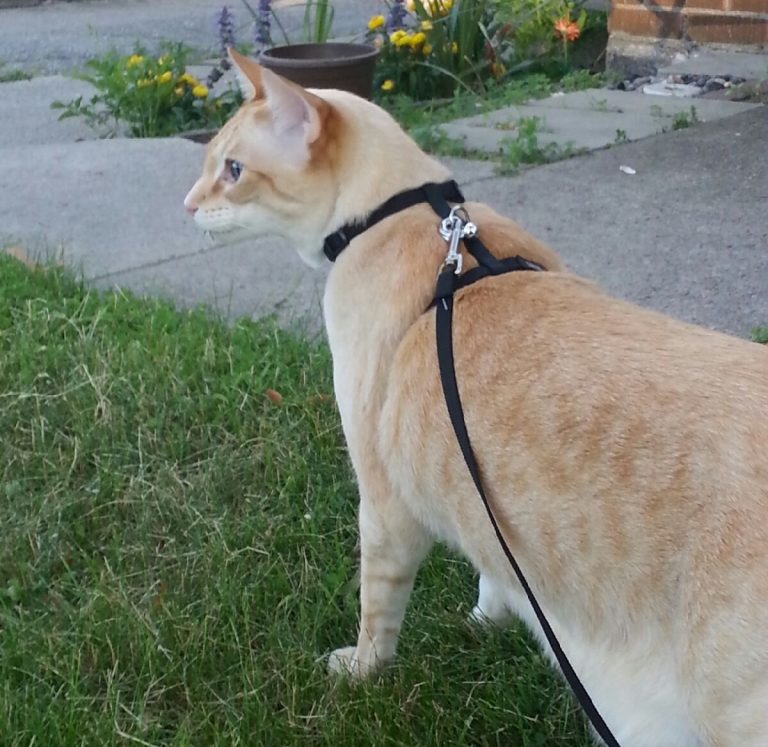
It can be difficult keeping a cat inside when they already have a taste for the outdoors. However, animal safety should be the first priority. The following options will allow your cat to get fresh air, enrichment and exercise without putting them, or wildlife, at risk.
Leash Train your Cat: Don’t let dogs have all of the fun! Cats can also be trained to walk on a harness and leash. Scientific principles can be used to train most animals to walk on leashes. Cats are both hunters and prey, and so they chase small animals and flee from frightening, unfamiliar things. Overcome this by leash training gradually using food. Let your cat set the pace. Time spent on each training step will vary with your cat’s personality. Multiple ten-minute training sessions with breaks between them will keep it fun, not frustrating, for your cat. The more frequently you work with your cat, the faster your cat will learn to walk on a leash. Learn more here.
Build a “Catio”: Otherwise known as a cat patio, there are a variety of structures that will keep your pet cat safely enclosed while at the same time allowing them to roam about in the outdoors. Catios, tents or enclosures can be small and inexpensive to buy or build, fitting in an otherwise unused space. Or cats and people can share a space created by screening in an existing porch or building a new addition to your home. There are pre-made kits, designs for sale, totally DIY options, or you can hire a contractor. How you provide access for your cat can also vary – a window or door, a wall cut, directly through a tunnel, or you can carry your cat out to a free-standing structure. Learn more here.
Direct Supervision of Cats Outdoors: If your cat is pretty relaxed and doesn’t have a tendency to run away if frightened, another solution is to simply join your cat outdoors. Like watching a human toddler, keep a close eye on them while they explore beside you or lounge on the porch – but they should never be more than an arm’s reach away.
Enrichment for Indoor Cats: Some cats show no interest in going outdoors and feel safer within the confines of their home. However, they still require enrichment to satisfy their natural behaviours. Your cat should be offered a variety of stimuli, the most important of is which is YOU! Be sure to dedicate some time each day to playing with your cat, whether they remain indoors as well as if they go outdoors. Learn more here.


